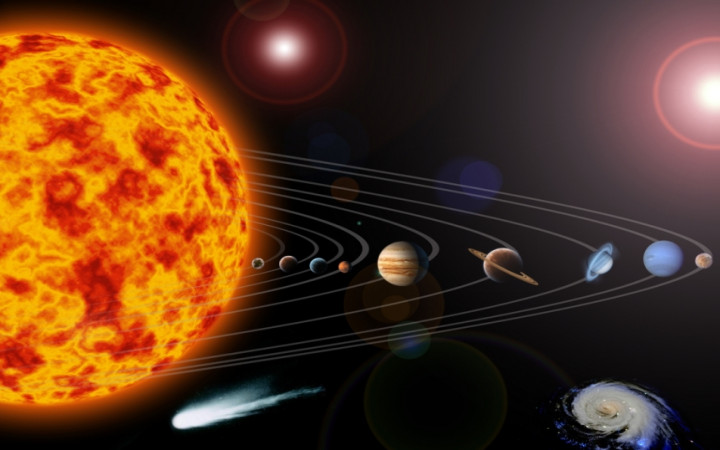Today’s Wonder of the Day was inspired by Allison from AL. Allison Wonders, “Why is Pluto not a planet?” Thanks for WONDERing with us, Allison!
By now you have probably heard that Pluto is no longer a planet. But why is that? What did it do to lose its status as the tiniest planet in our solar system?
American astronomer Clyde Tombaugh discovered Pluto in 1930. From 1930 until 2006, Pluto sat comfortably beyond Neptune as the ninth planet in our solar system.
In 2006, however, changes were made. The truth is, nothing about Pluto changed, but the definition of a planet did. Once these changes became official, Pluto no longer fit the definition of a planet.
According to new rules adopted by the International Astronomical Union, a celestial body must meet the following criteria in order to qualify as a planet:
- A planet must be round.
- A planet must orbit the sun.
- A planet must have “cleared the neighborhood" of its orbit. This means that as a planet travels, its gravity sweeps and clears the space around it of other objects. Some of the objects may crash into the planet, others may become moons.
Pluto follows the first two rules: It is round, and it orbits the sun. It does not, however, follow the third rule. It has not yet cleared the neighborhood of its orbit in space. Because it does not follow this rule, Pluto is no longer considered a planet.
Don't feel too sad for Pluto, though. It has a new title — “dwarf planet." Dwarf planets are celestial bodies that only meet the first two criteria in the new definition of a planet.
Dwarf planets, like Pluto, have not yet cleared the neighborhoods of their orbits — and still have some cleaning to do if they will ever become "true" planets.
Pluto is in good company. There are currently five dwarf planets, but scientists expect more will be discovered over time.
Four of the dwarf planets — Pluto, Makemake, Haumea and Eris — are located beyond Neptune. The fifth dwarf planet, Ceres, lives in an asteroid belt between Mars and Jupiter.
Facts about Pluto:
- Pluto is about the size of the moon.
- It takes approximately 248 Earth years for Pluto to make one trip around the sun. Since astronomers discovered Pluto in 1930, it has not completed one trip around the sun. It still has more than 150 Earth years to go!
- Pluto is so far away that it takes more than five hours for light from the sun to reach it. The sun's light reaches Earth in only eight minutes!




